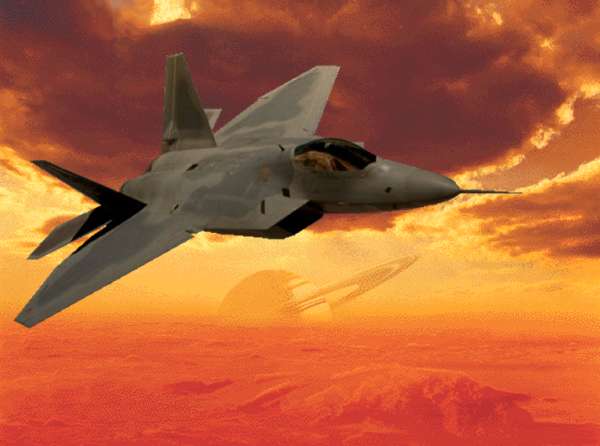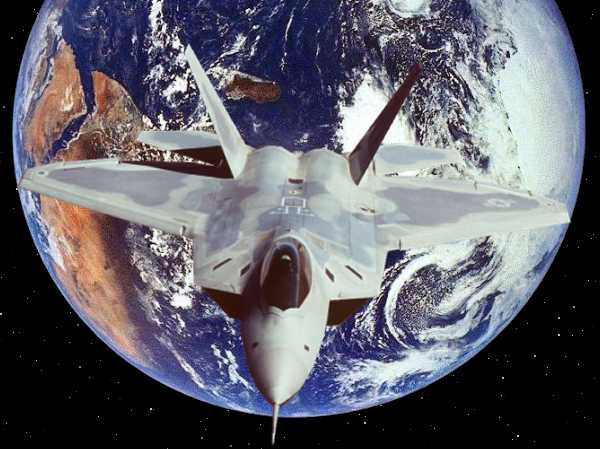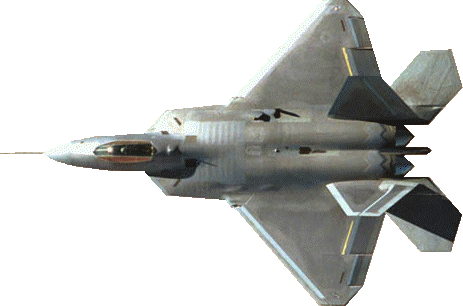






 |
VF1 "Grizzly" Fighter
|
|||||||||||||||||||||||||||||||||||||||||||||||||||||||||||||||||||||||||
 |
|
|||||||||||||||||||||||||||||||||||||||||||||||||||||||||||||||||||||||||
 |
ConceptThe VF1 is based on the American F22 Raptor airframe. The VF1 is a multi-role air/space-superiority fighter with improved capability over all current aircraft. From the inception of the battle, the VF1’s primary objective will be to establish air/space superiority through the conduct of counter-air/space operations. FeaturesFirst look / first shot / first kill in all environments. A combination of improved sensor capability and improved weapons provides first-kill opportunity against the threat. The VF1 possesses a sophisticated sensor suite that allows the pilot to track, identify and shoot the threat before it detects the VF1. Significant advances in cockpit design improve the pilot’s situational awareness. StealthAdvances in low-observable technologies provide significantly improved survivability and lethality against air-to-air threats. The VF1’s combination of reduced observability and Ultracruise accentuates the advantage of surprise in a tactical environment. UltracruiseThe VF1 Impulse Engines produce more thrust than any current fighter engine. This allows the VF1 to efficiently cruise at multiple supersonic airspeeds. Ultracruise greatly expands the VF1’s operating envelope in both speed and range over current fighters, which must use afterburner to operate at supersonic speeds. In addition, since the VF1's engines are not air-breathing, they can operate in the vacuum of space, boosting the plane to speeds greater than 50,000 mph. Power PlantA small nuclear fusion reactor provides the power for two first-generation Impulse engines and all other on-board systems. Fuel is a deuterium/helium-3 mixture stored in the wing tanks. The Impulse engines have three-dimensional thrust vectoring nozzles and several secondary nozzles to provide exceptional manuverability both in the air and in space. |
|||||||||||||||||||||||||||||||||||||||||||||||||||||||||||||||||||||||||
 |
 A VF1 soars under the ochre cloud deck of the moon Titan. Saturn can be seen setting in the background |
|||||||||||||||||||||||||||||||||||||||||||||||||||||||||||||||||||||||||
 |
ArmamentsThree internal weapons bays holding ten weapons: two smaller side bays each holding two AA missiles; one larger centerline bay holding six AA weapons. Four underwing weapons stations for external fuel tanks, AG weapons or advanced tactical weapons. Using the underwing stations compromises the VF1's stealth. Air-to-air (AA) weapons include short range AIM-9X Sidewinders, medium range AIM-120X AMRAAMs, AIM-54X Phoenix long range missiles, and AIM-88X radiation-homing HARM Missiles, all with conventional or tactical nuke warheads. Twin Internal X-Ray Laser Cannons powered by focused thermonuclear explosions in the gun's prefire chamber. Fuel for the guns is drawn from the main fuel tanks. Output per shot is 1.21 gigawatts per barrel, and produces a beam hotter than the sun. |
|||||||||||||||||||||||||||||||||||||||||||||||||||||||||||||||||||||||||
 |
 A VF1 achieves escape velocity from Earth |
|||||||||||||||||||||||||||||||||||||||||||||||||||||||||||||||||||||||||
